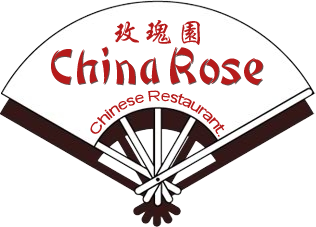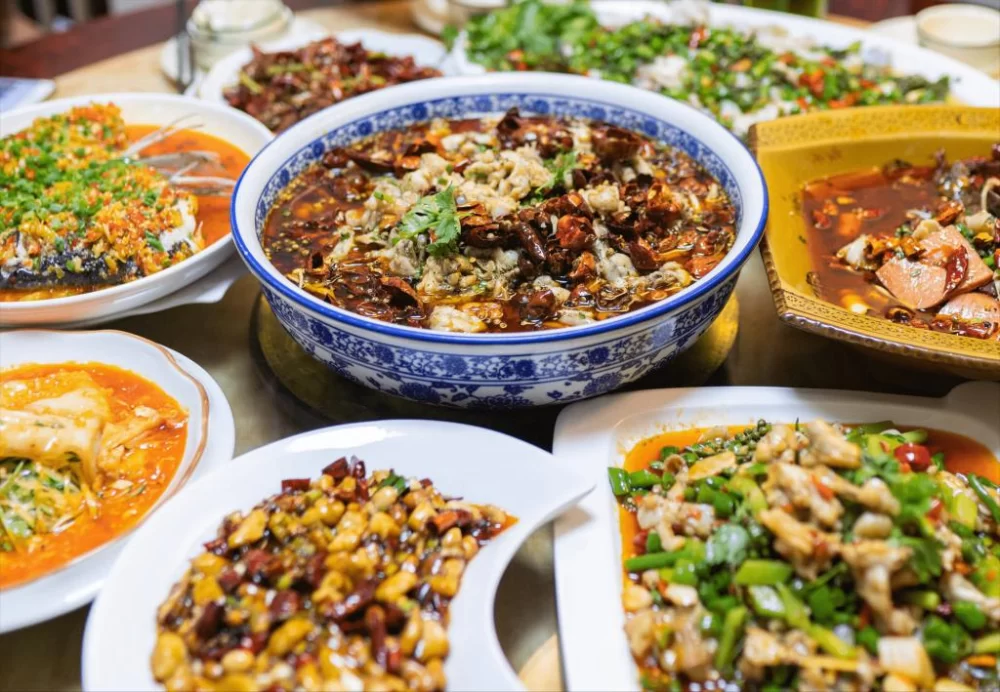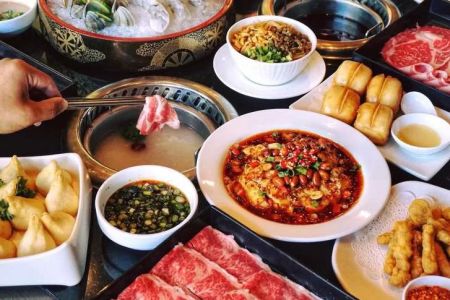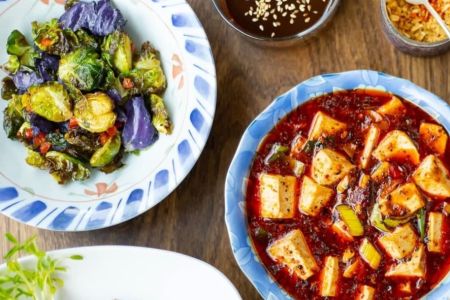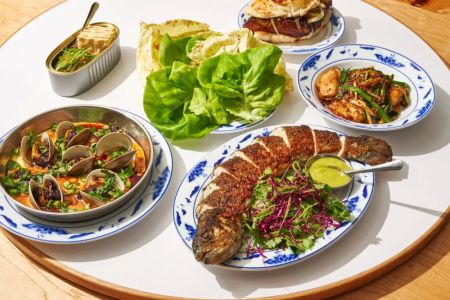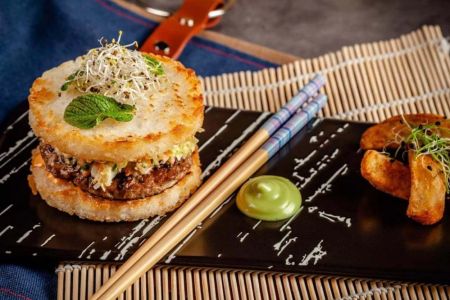Exploring the Cultural Diversity Reflected in Chinese Food Across Different Regions
As an American who has grown up enjoying Chinese food, I’ve always been fascinated by the variety and depth of flavors that exist in Chinese cuisine. Chinese food isn’t just one thing; it’s a diverse tapestry of flavors, ingredients, and cooking techniques that vary greatly depending on where you are in China. Whether you’re enjoying the fiery, bold flavors of Sichuan cuisine or savoring the delicate sweetness of Cantonese dim sum, the food tells a story about the cultural diversity that has shaped it for centuries. In this article, I want to share my personal insights on how Chinese food reflects the cultural diversity across regions and how this diversity can be appreciated and enjoyed worldwide.
1. The Rich Regional Variations in Chinese Cuisine
One of the most remarkable things about Chinese food is its regional diversity. If you were to travel across China, you’d experience a whole new world of flavors and cooking styles in every province, city, and town. From the spicy, robust dishes of Sichuan to the lighter, more refined flavors of Jiangsu, Chinese food is deeply rooted in its regions and the cultures that influence them. In fact, the history, geography, and climate of each region have shaped the way food is prepared, what ingredients are used, and how dishes are served. These regional differences provide a glimpse into the distinct cultural identities within China.
2. Northern Chinese Cuisine: Hearty and Simple
Growing up in the United States, I was first introduced to Chinese food through Americanized Chinese dishes like General Tso's chicken and fried rice. However, when I traveled to Beijing, I discovered a whole new side of Chinese cuisine that I hadn’t encountered before. Northern Chinese food, particularly from areas like Beijing and Inner Mongolia, is known for being hearty and substantial, often featuring wheat-based products like noodles, dumplings, and pancakes. The region’s cooler climate and historical reliance on farming have influenced the types of dishes that are popular here.
One dish that stands out to me is the famous Peking duck. The crispy skin, the tender meat, and the delicate pancakes that wrap it all together are an experience I will never forget. In northern cuisine, lamb is also commonly used due to the region’s proximity to the steppes, where sheep farming has long been a major industry. The flavors in these dishes are typically bold but straightforward, focusing on the natural taste of the ingredients.
3. Southern Chinese Cuisine: Light, Sweet, and Balanced
In contrast to the rich and hearty flavors of the north, southern Chinese cuisine, particularly from regions like Guangdong (Canton), is characterized by lighter, sweeter flavors. This style of cooking emphasizes balance and subtlety, with ingredients like fresh seafood, poultry, and vegetables taking center stage. The famous Cantonese dim sum, for example, is a delightful combination of small, flavorful dishes, each offering a different taste experience. I’ve always loved the steamed dumplings filled with shrimp or pork, as they’re light but incredibly satisfying.
The geography of the south, with its access to the coast and fertile land, allows for an abundance of fresh ingredients. The southern regions also have a deep tradition of using delicate cooking methods like steaming and braising to preserve the natural flavors of the ingredients. This emphasis on freshness and lightness gives southern Chinese food a unique identity compared to the stronger, spicier flavors of the north.
4. Sichuan Cuisine: Bold, Spicy, and Flavorful
If you’ve ever had Sichuan food, you know that it’s an explosion of bold, spicy, and complex flavors. I can still remember the first time I tried a plate of Sichuan hot pot. The combination of numbing Sichuan peppercorns and fiery chili peppers was unlike anything I had ever experienced. Sichuan cuisine is famous for its use of these two ingredients, which create a unique taste experience known as “mala”—a combination of both numbing and spicy sensations.
The rich, bold flavors of Sichuan food are deeply rooted in the culture and history of the region. Sichuan's hot and humid climate has made spicy food a necessity for preserving ingredients and stimulating the appetite. In addition to chili peppers and peppercorns, Sichuan cuisine makes frequent use of fermented ingredients like doubanjiang (fermented bean paste) and soy sauce, which add layers of umami flavor. The diverse flavor profile and intense heat make Sichuan food an exciting and unforgettable experience for anyone who loves bold flavors.
5. The Coastal Influence: Jiangsu and Zhejiang
As someone who loves seafood, I was excited to learn about the coastal Chinese cuisines of Jiangsu and Zhejiang. These regions are famous for their delicate and refined dishes, many of which feature fresh fish, shellfish, and other seafood. One of the things I noticed when I tried Jiangsu cuisine was the emphasis on both flavor and texture. The region’s famous “sweet and sour” dishes, such as sweet and sour Mandarin fish, showcase the skillful balance between sweetness, sourness, and savory flavors.
What sets Jiangsu cuisine apart is its emphasis on freshness and presentation. The seafood is always prepared with great care to preserve the delicate flavors, and the dishes are often beautifully plated, making them a feast for both the eyes and the palate. Zhejiang cuisine is similarly delicate, with dishes like West Lake Fish in Vinegar Gravy offering a taste of the region’s commitment to balanced, harmonious flavors.
6. The Influence of Ethnic Minority Regions
While the major regions of Chinese cuisine are well known, what often gets overlooked are the influences from ethnic minorities in China, such as the Uyghurs, Tibetans, and Mongols. These ethnic groups have their own distinct culinary traditions that reflect their unique cultures and histories. For instance, Uyghur cuisine from the Xinjiang region is known for its use of lamb and flatbreads, with dishes like lagman (noodles) and kebabs offering a taste of Central Asian influences.
Similarly, Tibetan cuisine is influenced by the high-altitude environment of Tibet, with hearty stews and barley-based dishes playing a central role in their meals. The introduction of yak meat, dairy products, and barley into their diet has resulted in a cuisine that is distinctly different from the rest of China. These diverse ethnic cuisines add even more layers of complexity and flavor to the already rich landscape of Chinese food.
7. Chinese Food Around the World: A Global Reflection of Diversity
It’s fascinating how Chinese food has traveled beyond China’s borders and become an integral part of global cuisine. In the United States, for example, Chinese-American food has become so ubiquitous that it’s easy to forget how deeply regional Chinese food is. From the crispy Peking duck to the spicy mapo tofu, Chinese food reflects the cultural diversity and history of the people and regions from which it originated.
When I think about how Chinese food has spread across the world, I see it as an expression of cultural exchange, blending ingredients and techniques from different regions and countries. The way Chinese food has adapted and evolved outside of China is a testament to the adaptability and influence of Chinese cuisine. It’s a celebration of diversity, not just in China, but across the globe.
Whether you’re savoring a dish from the northern regions of China or enjoying a plate of spicy Sichuan noodles, the cultural diversity in Chinese food is something that makes each meal a unique experience. And as someone who loves Chinese food, I feel lucky to be able to explore the endless variety that exists within this incredible culinary tradition.
